Where did we ever get the strange idea that nature—as opposed to culture—is ahistorical and timeless? We are far too impressed by our own cleverness and self-consciousness… We need to stop telling ourselves the same old anthropocentric bedtime stories.
—Steve Shaviro 1997
Words by Canan Batur | Images Courtesy 16th Istanbul Biennial
What does it mean to talk about the Anthropocene in 2019, knowing the criticisms of its incapacity as a term to reflect on current environmental concerns, transformations, and decay? As many theoreticians, scientists, philosophers and researchers are trying to give up the haunting ghost of the term ‘Anthropocene’, one feels the need to facilitate, to find a way, in order to understand the decision of its usage. Does its pertinence lie through tentacular thinking, instead of pushing forward a certain inadequate definition of the Earth’s epoch or geological time, or is the employment of the term ironic? When reducing today’s urgent environmental questions down to the sole question – and issue – of the climate, it is often because we rely on globalised models that erase both the immense inequality in the world’s ecological transformations, and the consequences of this transformation for human and non-human populations. Matters of environmental justice undoubtedly intertwine with problems of socioeconomic inequality, from the gendered repercussions of ecological damage or from the insufficiencies of democracy at every level. Is it enough to talk about geography, history, demography, culture, archaeology, politics – as divided by Bourriaud in his curatorial statement – without talking about the metabolic rift of capitalogenic climate change, and the racial Capitalocene?
Yet this iteration of Istanbul Biennial stands well away from both the political and economic context of its host city, and the cultural and social conditions that come with this dangerous generalisation.
Consequently, one wonders what the ambivalent aspiration of the 16th Istanbul Biennial is – Is it a way to criticise the current conditions without any realisation of its relationship to its host country, other than a few retorts by artists reflecting upon the very premises of the biennial’s curatorial statement? Or is it a way to provide a certain nostalgic or romanticised vision of the era? Whilst it may deliver a blunt response to the current global context, Seventh Continent lacks any sense of cultural specificity, and makes no attempt to say something to – or about – an expanded compass of the term. Commissioning 38 new works out of 220 artworks from 56 artists involved proves ambitious yet vague, and at some points provides problematic contemporary conjunctures. In fact, some individual artworks seem to promise much more than Seventh Continent ultimately delivers.
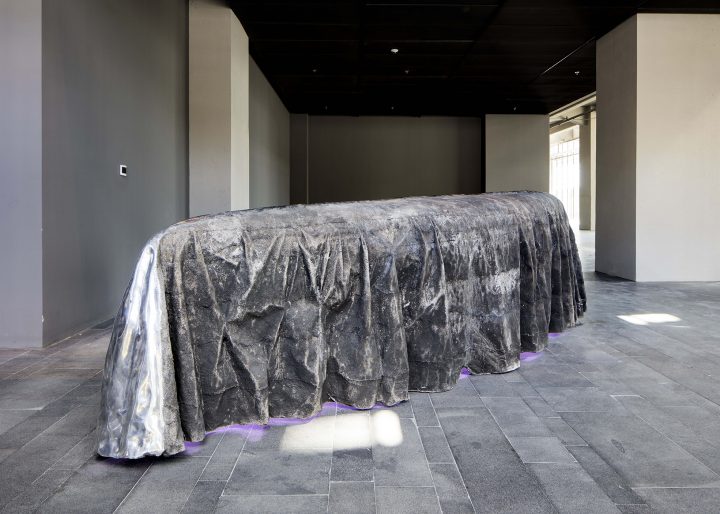
In the entrance to Mimar Sinan Fine Arts University, Istanbul Painting and Sculpture Museum (Antrepot 5), the main venue of 16th Istanbul Biennial, Rebecca Belmore’s Body of Water welcomes the visitors. It feels like this is there to almost offer a glimpse of what to expect from the biennial’s curatorial proposition and vision. The work comments on transition, borders, and therefore exclusion, depicted through an S-shaped canoe covered by an aluminium-cast tarpaulin. It almost insinuates this iteration of Istanbul Biennial’s overall fragmented yet scant vision of environmental concerns, with a dominant Western and modernist imposition which becomes a stifled and alienating discourse with no visible call for a medley of multitude.
Dora Budor’s works titled Origin I-III embraces not only the visual form of a larger environmental reflection, but also it utilises an open-ended audio archaeology to produce new reflections of Istanbul’s own unstable images. Displayed in a large glass vitrine, the work transmits sounds from construction next door in Galataport, and through these score-like frequencies, movement and hues of dust are reactivated within glass structures, almost giving the polluted atmosphere of J.M.W Turner’s The Burning of the Houses of Lord and Commons from 1834, aptly providing polyvalent perspectives.
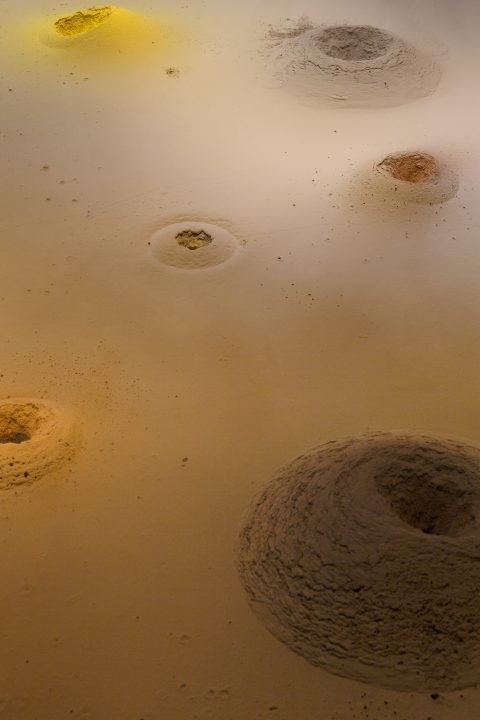
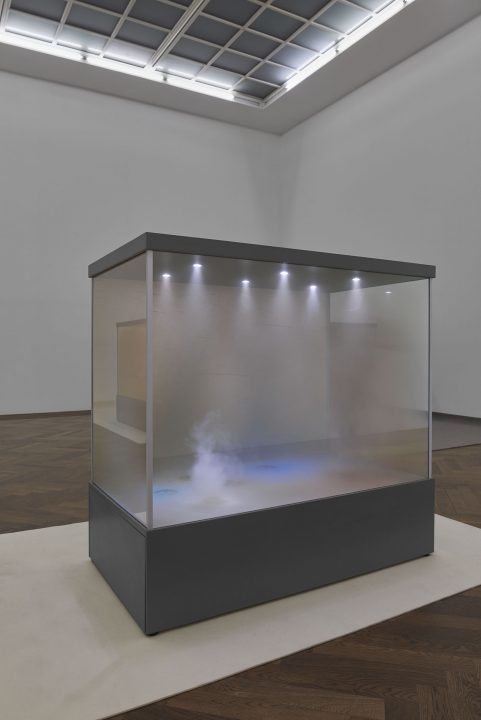
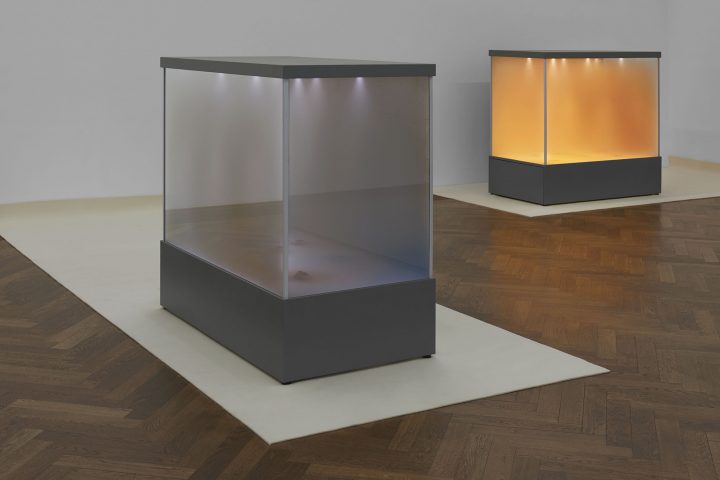
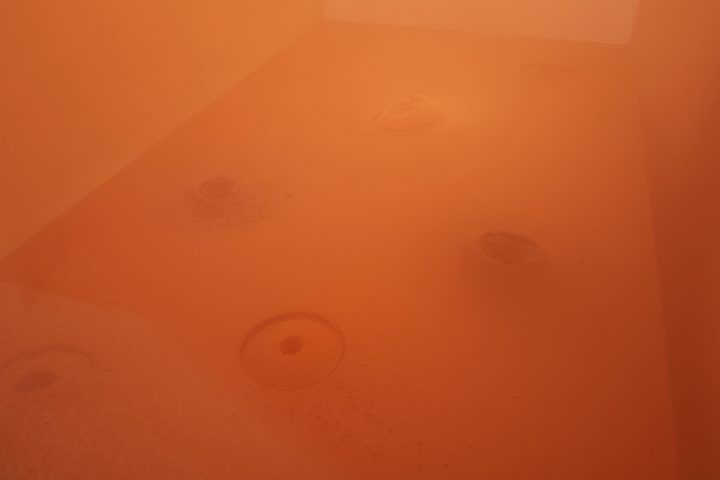
On the same floor Feral Atlas Collective, a highlight of the biennial, presents itself as an exhibition within exhibition. Uniting more than 100 scientists, humanists and artists, Feral Atlas Collective combines art, science and humanities to specifically focus on ‘feral’ ecologies that have been encouraged by human infrastructures. The evidence accumulates, in extensive archival works featuring videos, soundscapes, photographs, documents and watercolours. It provides an affluent epistemological and ontological approach on hot-button issues, triggering an immediate and intimate reaction, something more than the biennial itself achieves.
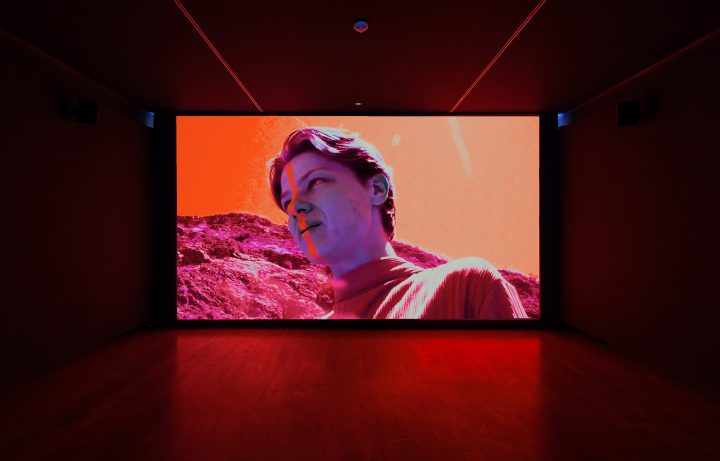
Known for his works that draw upon the sub-sensory or suppressed aspects of materials and history, Phillip Zach’s Double Mouthed creates parallels between Los Angeles’ man-made Bronson Cave and Istanbul’s Yarimburgaz Cave, flickering between fictional scenes and documentary-style interviews with archaeologists. It reminds a forgotten yet significant aspect of Turkish mythology and epics, where caves have a magical and mystical presence, representing themselves as a place of transformation, rebirth and growth, with attributes of asylum, protection, and shelter. In line with Zach, Max Hooper Schneider displays To Become a Melon Head, traditional Turkish shadow theatre and twenty-five watermelons, as incarnations of future ‘neo-morphic’ brain-bodies, attempting to examine the interactions between human and non-human, folk traditions and scientific research. Muge Yilmaz’s altar, Eleven suns, looks like an archaeological excavation site, recreated with semi-mythological anthropomorphic creatures, and referencing speculative fabulation and feminist science fiction. On the top floor, the space built by Gunes Terkol and Guclu Oztekin, WORLBMON, containing tulles, curtains, canvases and sculptures acts as a space of gathering in where some of the biennials public events will take place.
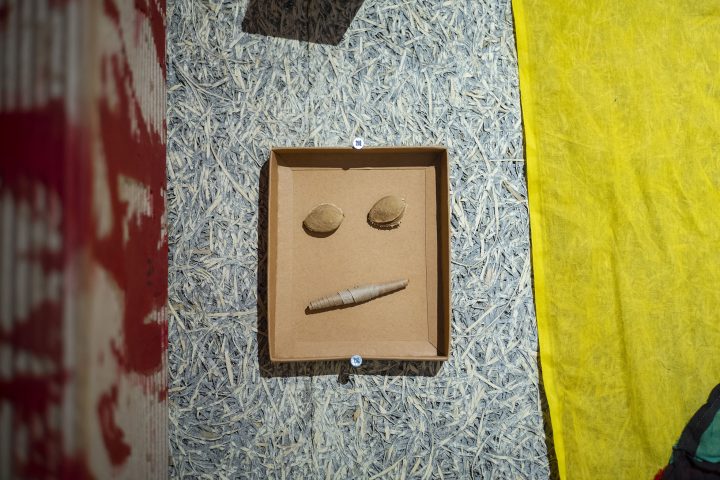
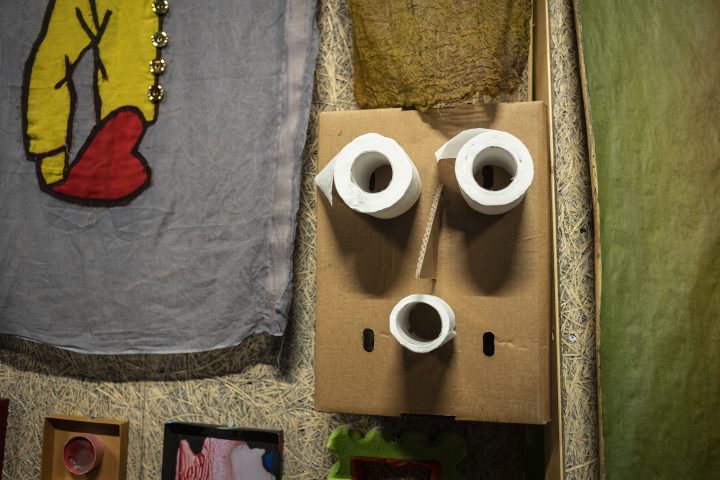
The first event, on Friday evening by Guguou, a collective by Güneş Terkol, Güçlü Öztekin themselves and Oğuz Erdin, took shape of a beautifully absurd and wonderfully bonkers music performance. Next to WORLBMON, Mika Rottenberg’s video Spaghetti Blockchain, oscillates between Tuvan throat singers in Siberia, the CERN antimatter factory, a potato farm in Maine and an imagined factory with tabletop vignettes for producing ASMR, gives a sense of the unsettling appeal of Rottenberg’s odd, free-associative world.
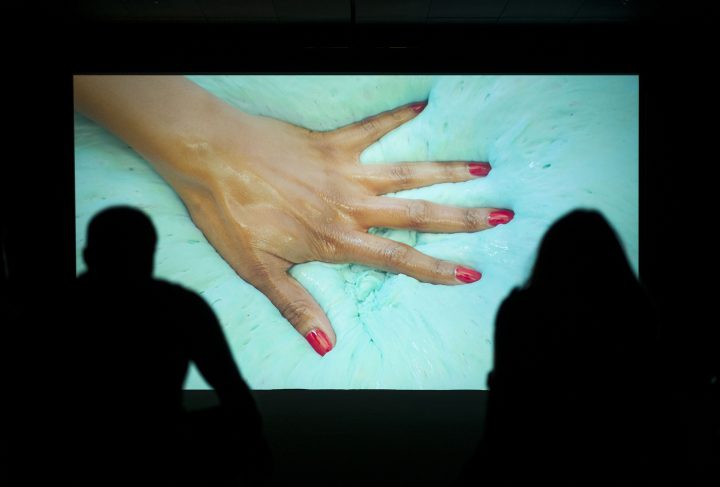
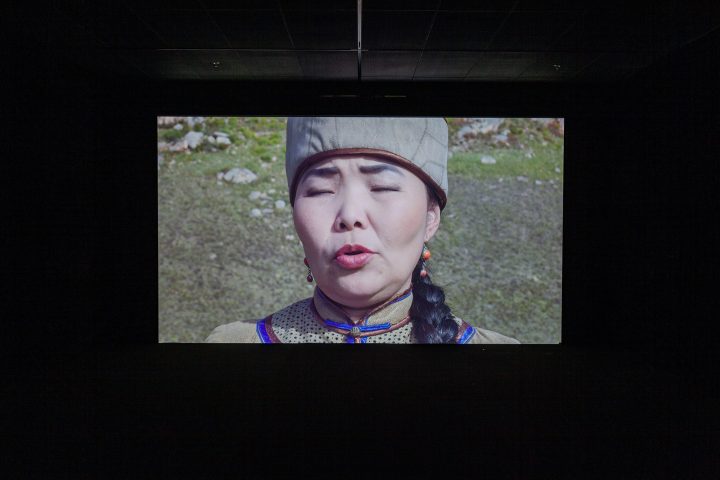
A clear vision of creating (non)fictional historical re-enactments centres at the Pera Museum, one of the biennial’s secondary venues. Even though Piotr Uklanski’s series Eastern Promises presents a problematic tokenism of orientalist sentiments, Norman Daly’s Civilisation of Llhuros, a unique creation of fabricated ancient civilisation, and the striking drawings of Luigi Serafini from an illustrated encyclopaedia titled Codex Seraphinianus, are genuine stars of the biennial. The mix of superstition, myth and worldliness with the physiologist and scientist Ernst Haeckel’s magnum opus from 19th century Kunstformen der Natur illustrates on animal and plant life, gives a solid offering to the intermingling narratives, yet stays titular and isolated throughout the biennial. On Buyukada, where five venues are invaded, Sedat Pakay’s documentary From Another Place on James Baldwin’s visit to Istanbul in the 1960’s really stands out. Subtitled to Turkish for the first time, Baldwin talks smoothly about living abroad, the black experience in America and his private life, all whilst smoking cigarettes next to the Bosphorus.
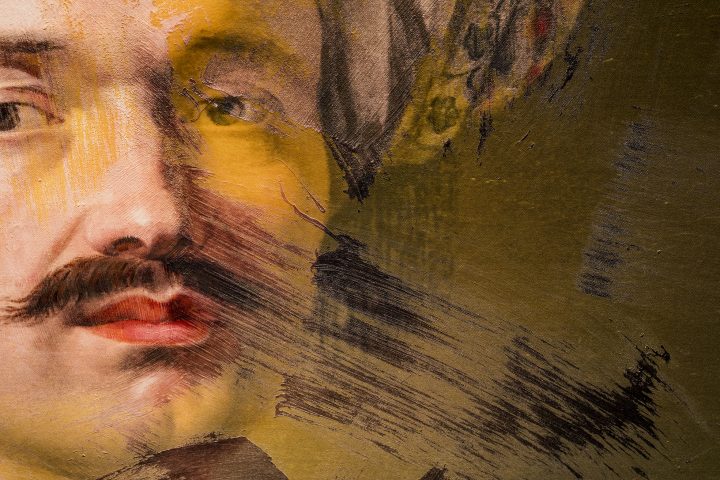
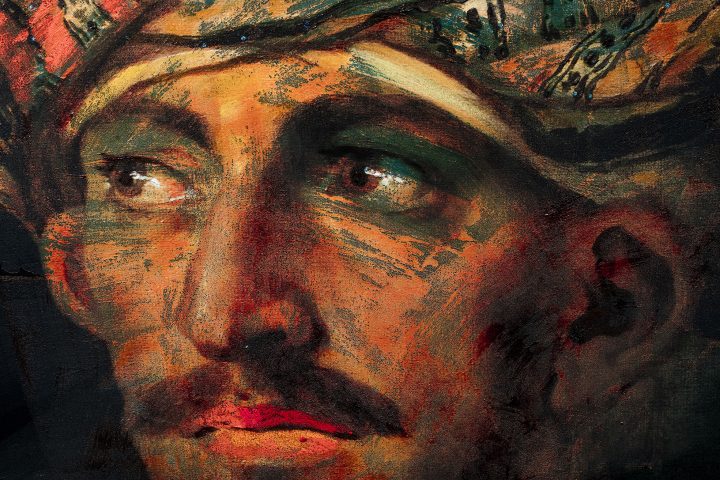
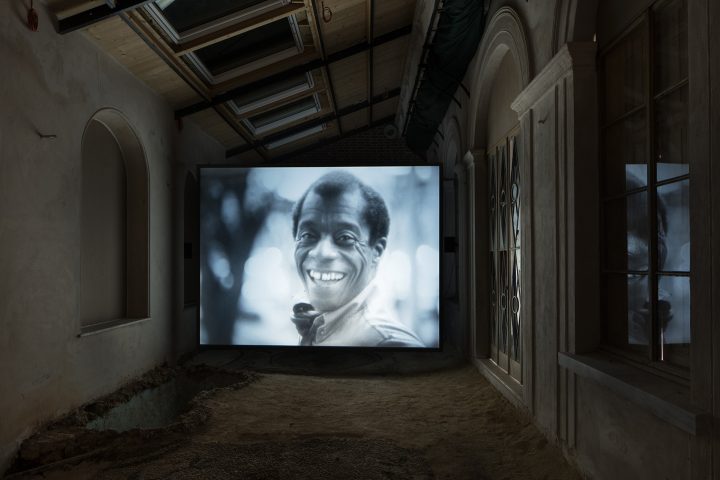
Bourriaud’s Istanbul Biennial holds up a mirror to the face of the Anthropocene yet without a drop of hope, and without the potency that an expansion of the term itself might suggest. What is left behind is a conformist and tragic vision – dark curatorial concepts for dark times? There is merit in raising awareness alone. Yet, barraged by so many stories, from so many timelines, tongues and temperatures, it seems disconcerting, grappling for a clear vision. Nevertheless, it is always easy to talk about what is wrong – it’s not a criticism intending to say the wrong shouldn’t be talked, displayed or discussed, yes indeed it should be talked, it’s more about having the ability eradicate as Shaviro once said ‘the old anthropocentric bedtime stories’.
De la autora
Canan Batur es curadora, investigadora y escritora turca con sede en Londres y Estambul. Es curadora asistente en el De La Warr Pavilion. Además, actualmente diseña un proyecto en 1.1, Basilea, y trabaja en el establecimiento de un nuevo espacio en Estambul con un enfoque específico en la preservación, recreaciones históricas y educación alternativa (que se anunciará próximamente). Anteriormente, fue co-curadora de Give Up the Ghost, Baltic Triennial XIII (2017-2019); I was, but just awake under Art Night 2019, and It was a dream of a trip in Shangai en colaboración con la Bienal de Shanghai XIII (2018). Fue una de las cofundadoras de clearview, un proyecto de espacio / programa de residencia en Londres (2016-2018); y trabajó con Cell Project Space, Chisenhale Gallery y Beaconsfield Gallery Vauxhall. Fue becaria curatorial en Shanghai Curators Lab, 2018 y RAW Material Company, Dakar en 2019. Sus temas de investigación actuales incluyen la objetividad en la performance y las formas de idear la translocalidad radical y facilitar el pensamiento cuántico.
About the author
Canan Batur is a Turkish curator, researcher and writer based between London and Istanbul. She is the Assistant Curator at De La Warr Pavilion. Additionally, currently devising a project at 1.1, Basel, and working on establishing a new space in Istanbul with a specific focus on preservation, historical reenactments, and alternative education (to be announced soon). Previously, she co-curated Give Up the Ghost, Baltic Triennial XIII (2017-2019); I was, but just awake under Art Night 2019, and It was a dream of a trip in Shangai in collaboration with Shanghai Biennial XIII (2018). She was one of the co-founders of clearview, a project space/ residency programme in London (2016-2018); and worked with Cell Project Space, Chisenhale Gallery, and Beaconsfield Gallery Vauxhall (notably). She was a curatorial fellow in Shanghai Curators Lab, 2018 and RAW Material Company, Dakar in 2019. Her current research topics include; the objecthood in performance; and the ways to devise radical translocality, and to facilitate quantum thinking.
Images
1. ‘Body of Water, 2019’ by Rebecca Belmore. Photograph by David Levene
2. ‘Origin I – III by Dora Budor. Courtesy the artist
3. ‘Origin I – III by Dora Budor. Courtesy the artist
4. ‘Origin I – III by Dora Budor. Courtesy the artist
5. ‘Origin I – III by Dora Budor. Courtesy the artist
6. Still from ‘Double Mouthed’ by Phillip Zach, 2019. Multi-channel HD video and sound installation 2-channel videos: 140’ and 187’ (separate audio, looped), 1-channel sound channel: 274’ (looped). Courtesy the artist.
7. ‘WORLBMON, 2019, by GŸnes Terkol & GŸlŸ …ztekin. Photograph by David Levene
8. ‘WORLBMON, 2019, by GŸnes Terkol & GŸlŸ …ztekin. . Photograph by David Levene
9. ‘Spaghetti Blockchain, 2019, by Mika Rottenerg. Photograph by David Levene
10. ‘Spaghetti Blockchain, 2019, by Mika Rottenerg. Photograph by David Levene
11. Details and pieces comprising ‘Eastern Promises’ by Piotr Uklański’. Photograph by David Levene
12. Details and pieces comprising ‘Eastern Promises’ by Piotr Uklański’. Photograph by David Levene
13. A film about James Baldwin’s life in Istanbul, where he lived sporadically from 1961-1970, presented by Glenn Ligon. Photograph by David Levene

 Español
Español